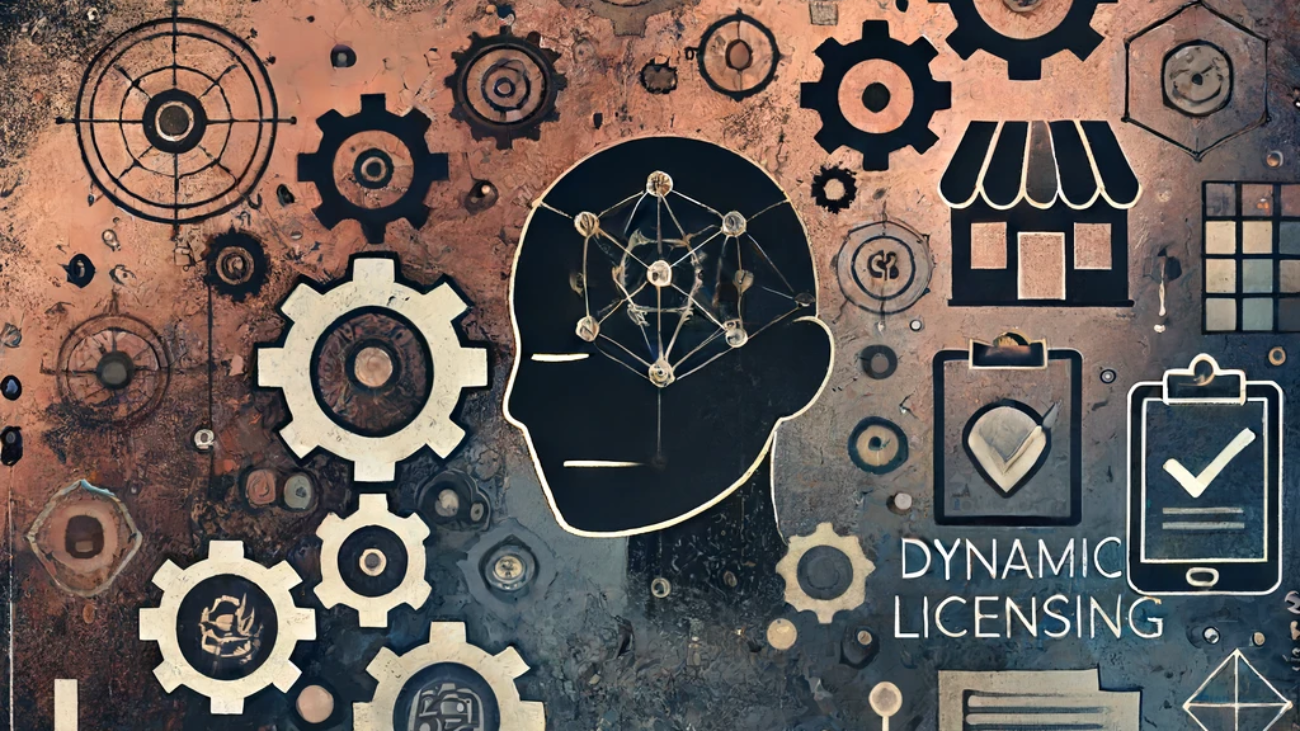As we progress through the 21st century, the landscape of small business management is evolving rapidly. The integration of advanced technologies and innovative policies is crucial for fostering growth and sustainability in the small business sector. Two groundbreaking concepts, AI-driven compliance and regulation systems, and dynamic licensing policies, promise to revolutionize how small businesses operate, ensuring they can navigate complex regulatory environments and adapt swiftly to changing market demands.
AI-Driven Compliance and Regulation
Navigating the intricate web of regulations is one of the most significant challenges small businesses face. Traditional compliance processes are often time-consuming, costly, and prone to human error. However, the advent of AI-driven compliance systems offers a transformative solution.
How AI-Driven Compliance Works:
- Automated Monitoring: AI systems continuously monitor regulatory changes and updates in real-time. This ensures that businesses stay informed about new laws and modifications to existing regulations, reducing the risk of non-compliance.
- Intelligent Analysis: Advanced AI algorithms analyze the specific regulatory requirements applicable to each business, considering factors such as industry, location, and size. This tailored approach ensures that businesses focus on relevant compliance issues.
- Paperwork Automation: AI-driven systems automate the generation and filing of necessary compliance documents, drastically reducing the administrative burden on small businesses. This includes tax filings, environmental reports, and labor law compliance forms.
- Risk Management: AI tools can identify potential compliance risks and suggest corrective actions, helping businesses proactively address issues before they escalate into legal challenges.
Benefits for Small Businesses:
- Efficiency: Automating compliance tasks allows business owners to focus on growth and innovation instead of being bogged down by regulatory paperwork.
- Accuracy: AI reduces the likelihood of human errors in compliance documentation, ensuring higher accuracy and reducing the risk of penalties.
- Cost Savings: Streamlining compliance processes can significantly cut costs associated with manual compliance efforts and legal consultations.

Dynamic Licensing Systems
Traditional licensing systems often struggle to keep pace with the fast-evolving nature of small businesses. Static licensing can hinder innovation and agility, forcing businesses to navigate bureaucratic delays when they need to pivot or expand. Dynamic licensing policies offer a forward-thinking solution.
How Dynamic Licensing Systems Work:
- Real-Time Adjustments: Dynamic licensing systems use AI and blockchain technology to update licenses in real-time based on business activities and changes. This ensures that businesses always operate with the correct permissions without the need for lengthy manual updates.
- Flexible Licensing Models: These systems offer flexible licensing models that adapt to the changing needs of businesses. For example, a business can easily shift from a physical storefront to an e-commerce model without facing regulatory roadblocks.
- Integrated Platforms: Centralized digital platforms manage all licensing requirements, allowing businesses to apply, renew, and modify licenses seamlessly. This integration reduces administrative overhead and speeds up the approval process.
Benefits for Small Businesses:
- Agility: Dynamic licensing allows businesses to adapt quickly to market changes, ensuring they can innovate and expand without regulatory delays.
- Simplicity: Centralized and automated licensing processes reduce the complexity of compliance, making it easier for businesses to manage their licenses.
- Scalability: Flexible licensing models support business growth, whether expanding into new markets or launching new product lines.
Conclusion
AI-driven compliance and dynamic licensing systems represent the future of small business management. By leveraging these innovations, small businesses can navigate the complexities of regulatory environments more efficiently and adapt to market demands with greater agility. These advancements not only reduce administrative burdens but also empower small businesses to focus on what they do best: driving innovation and economic growth. As we embrace these 21st-century solutions, the potential for small business success in an increasingly complex world becomes ever more attainable.

